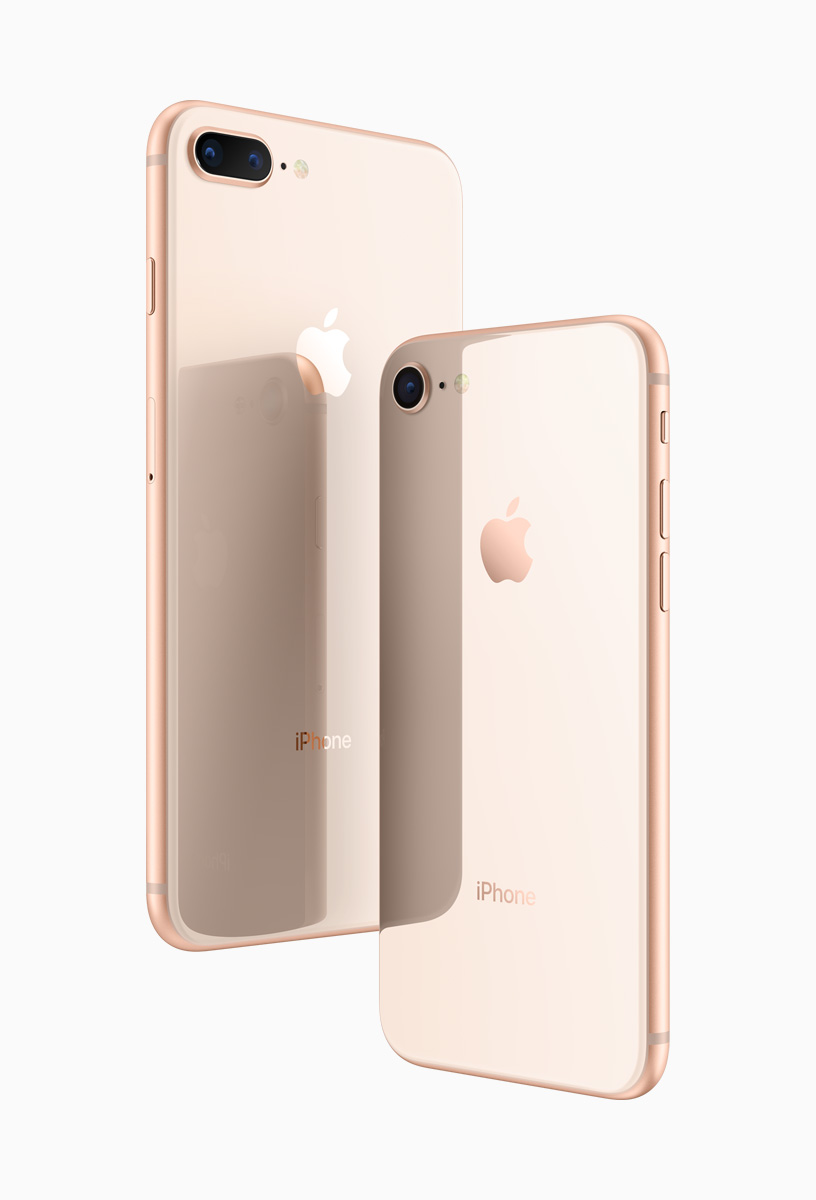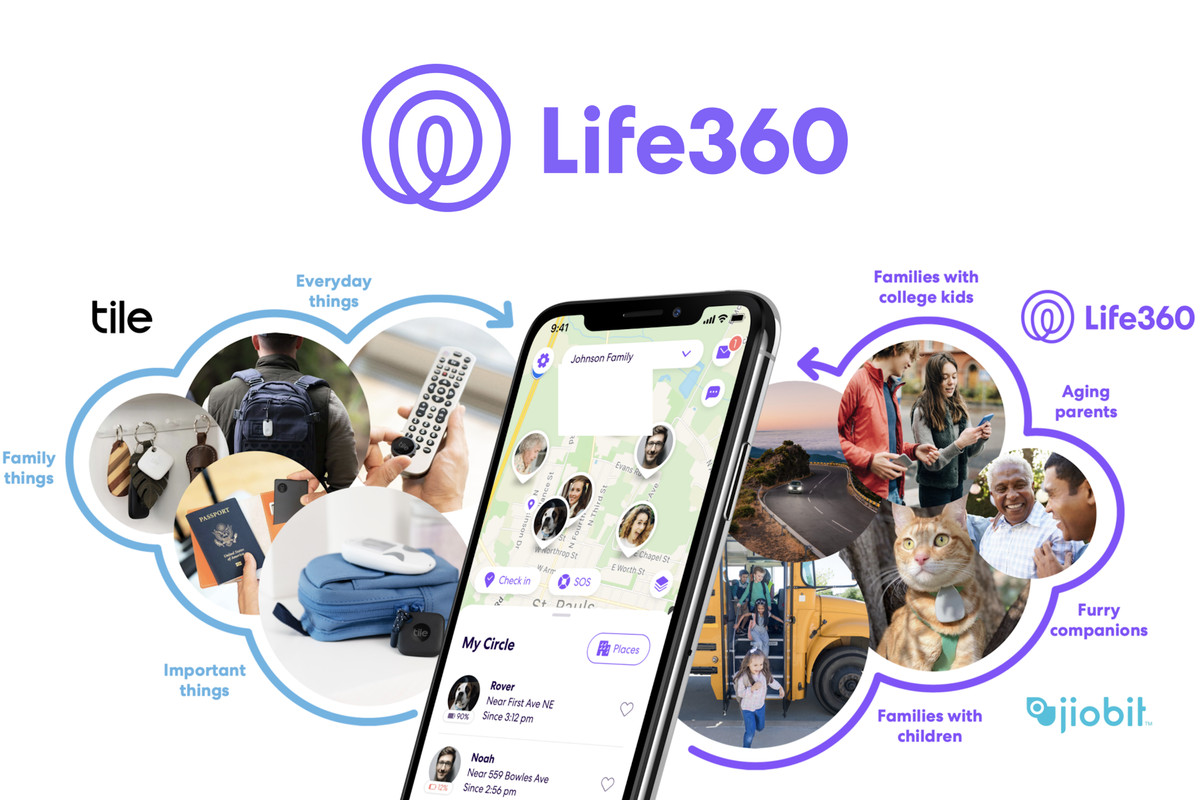In today’s digital age, USB drives have become an essential tool for storing and transferring data. Whether you need to backup important files or work on multiple computers, the convenience of a USB drive cannot be denied. However, with this convenience comes the risk of data leakage or unauthorized access if the USB drive gets lost or falls into the wrong hands. To mitigate these risks and ensure the security of your data, it is crucial to password protect your USB drive. In this article, we will explore two methods to password protect a USB drive in Windows 10, providing you with the knowledge and tools to safeguard your valuable information.
Method 1: Password Protect USB Drive in Windows 10 via BitLocker
One of the built-in encryption tools available in Windows 10 Professional and Enterprise editions is BitLocker. This powerful feature allows you to encrypt both local hard drives and removable drives, such as USB drives, with passwords or smart card passwords. By encrypting your USB drive with BitLocker, you can prevent unauthorized access to your data even if the drive gets lost or stolen.
Step 1: Insert and Detect the USB Drive
Start by inserting your USB drive into your Windows 10 PC running the Pro or Enterprise edition. Ensure that the drive is properly detected by your computer.
Step 2: Enable BitLocker Encryption
Navigate to “This PC” in Windows Explorer and locate your USB drive. Right-click on the drive and select “Turn on BitLocker” from the context menu.
Step 3: Set a Password
In the BitLocker setup wizard, tick the “Use a password to unlock the drive” box. Enter a strong password that includes a combination of uppercase and lowercase letters, numbers, and symbols. Re-enter the password to verify its accuracy, and then click “Next” to proceed.
Step 4: Backup Your Recovery Key
BitLocker offers several options for backing up your recovery key, which is essential for accessing your data in case you forget your password. Choose the option that suits your needs and click “Next.”
Step 5: Choose Encryption Scope
Next, select how much of your USB drive you want to encrypt. It is recommended to choose the “Encrypt entire drive” option to ensure the complete protection of your data. Click “Next” to continue.
Step 6: Choose Encryption Mode
BitLocker provides two encryption modes: “Compatible mode” and “New encryption mode.” For maximum compatibility, select the “Compatible mode” option. This will allow you to access the encrypted USB drive on other devices that do not support the new encryption mode. Click “Next” to proceed.
Step 7: Start the Encryption Process
Carefully read the warnings displayed on the screen, and then click “Start encrypting” to begin the encryption process. Please note that this process may take some time, and you can continue using your computer normally while the encryption is in progress. Once you see the message “Encryption of X is complete,” you can safely disconnect the USB drive. To access the data on the drive, you will need to enter the correct password each time.
How to Turn off BitLocker
If you no longer wish to encrypt your USB drive using BitLocker, you can easily turn off the encryption by following these steps:
- Connect your USB drive to your computer.
- Double-click on the USB drive in “This PC” and enter the password.
- Right-click on the USB drive and select “Manage BitLocker.”
- In the “Removable data drives – BitLocker To Go” section, click the “Turn off BitLocker” link.
- Confirm your decision by clicking “Turn off BitLocker” in the confirmation dialog.
- The decryption process will begin, and you will see the message “Decryption of X: is complete” when it is finished.
Method 2: Password Protect Files on USB Drive in Windows 10 via Third-party Software
While BitLocker is an excellent solution for Windows 10 Professional and Enterprise users, it may not be available for those using other versions of Windows or who only want to encrypt specific files on their USB drive. In such cases, third-party software like AOMEI Backupper Professional can provide a reliable and flexible solution.
Step 1: Download and Install AOMEI Backupper Professional
Start by downloading and installing AOMEI Backupper Professional on your Windows 10 PC. This software supports all versions of Windows 10, as well as other Windows systems.
Step 2: Launch AOMEI Backupper Professional and Select “File Backup”
Open AOMEI Backupper Professional and click on the “Backup” tab. From the drop-down menu, select “File Backup.”
Step 3: Choose Files or Folders for Backup
Click on the “Add File” or “Add Folder” button to select the files or folders you want to backup and encrypt on your USB drive.
Step 4: Select the USB Drive as the Destination
Choose your USB drive as the destination for the backup files. Ensure that your USB drive is properly connected and detected by your computer.
Step 5: Enable Encryption for Backups
To password protect specific files on your USB drive, click on the “Options” button at the bottom of the screen. In the “General” tab, enable the “Enable encryption for backups” option. Enter a strong password and confirm it. Click “OK” to save the settings.
Step 6: Start the Backup Process
Review all your operations and configurations, and then click “Start Backup” to begin the backup and encryption process. AOMEI Backupper Professional will create an image file of the selected files and encrypt it with the password you provided. When you want to access the encrypted files, you will only need to enter the password during the restoration process.
Backup Files to AOMEI Cloud
In addition to encrypting files on your USB drive, you can also consider backing up your important files to the cloud for added security. AOMEI Backupper Professional offers integration with AOMEI Cloud, providing you with 1TB of free storage for 15 days after signing up for an AOMEI account. Cloud storage offers an extra layer of protection against data loss or infection, making it a safer alternative to USB drives.
Summary
In this article, we have explored two methods to password protect a USB drive in Windows 10. If you are a Windows 10 Professional or Enterprise user, you can take advantage of the built-in encryption tool, BitLocker, to encrypt your USB drive. On the other hand, if you are using other versions of Windows or prefer to encrypt specific files on your USB drive, third-party software like AOMEI Backupper Professional can provide a reliable solution. By following the step-by-step instructions provided in this article, you can ensure the security of your data and protect it from unauthorized access. Remember to choose a strong password and keep it confidential to maintain the effectiveness of your USB drive encryption.







